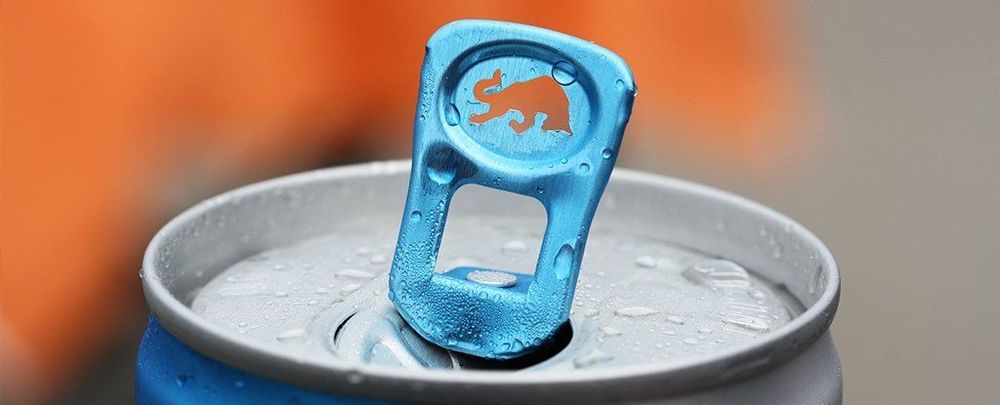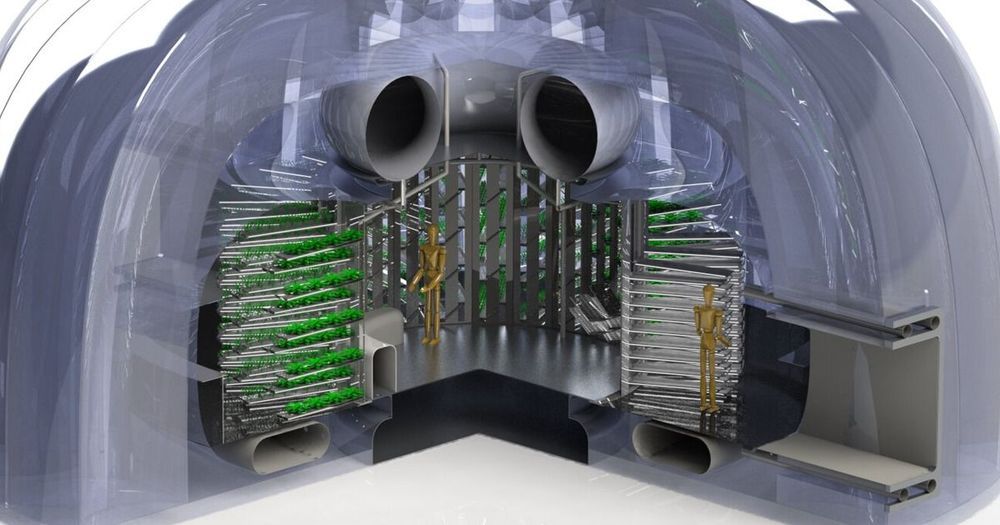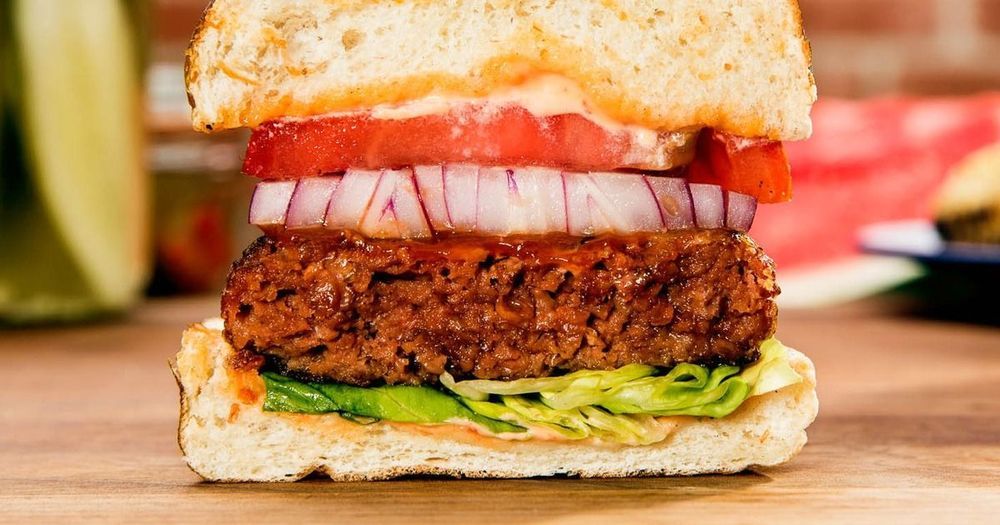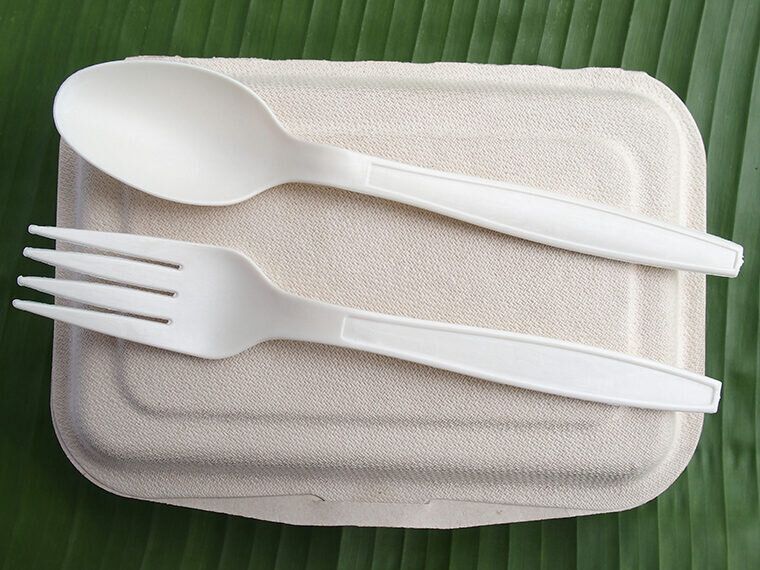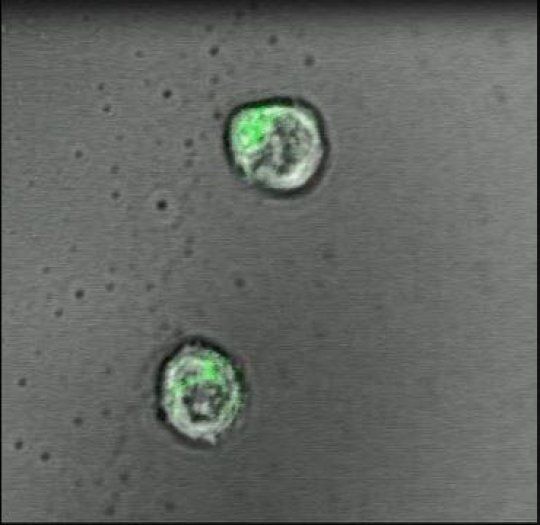The AeroGarden Harvest is intuitive and easy to use, and being able to say you grew the herbs or tomatoes in your dishes is pretty cool.
Category: food
I’m used to the shaming look I get from my peers when I crack open a can of sugar-free Red Bull. The questions – and judgement – never end. “That stuff’ll kill you,” someone said to me the other day, shaking his head. “So many chemicals!” was what I heard last week.
Truth be told, Red Bull (at least the sugar-free kind) isn’t all that terrible for you. Besides having only 10 calories and no sugar, it has only 80 milligrams of caffeine, about a third of the amount in a tall Starbucks drip coffee.
As far as its other ingredients – namely B vitamins and taurine – go, scientific studies have found both to be safe.
The hydroponic structure could allow astronauts to grow their own food on the desolate Martian surface. It’d cultivate up to eight food crops could be grown inside a rotating system that could serve up 3100 calories per day for four astronauts over a 600 day excursion to the Red Planet.
It’d grow kale, soy, sweet potato, potato, broccoli, strawberry, wheat, and chufa. A massive tank filled with a nutrient solution under the ceiling feeds a circular system of crop trays with the help of gravity. LEDs make sure that the plants get enough sunlight.
Sound familiar? The team basically built molecular devices that “die” without “food.” Thanks to the laws of thermodynamics (hey ya, Newton!), that energy eventually dissipates, and the shapes automatically begin to break down, completing an artificial “circle of life.”
The new study took the system one step further: rather than just mimicking synthesis, they completed the circle by coupling the building process with dissipative assembly.
Here, the “assembling units themselves are also autonomously created from scratch,” said Hamada.
Plant-based fake meat startup Beyond Meat has announced plans to go public sometime in early May, according to CNN. And based on the company’s plans, the public offering will likely value Beyond Meats at an impressive $1.2 billion.
That’s an extraordinary upswing — in addition to selling its increasingly-trendy meat alternative on grocery store shelves, the company recently partnered with both Carl’s Jr. and Del Taco, which could explain how the company is headed toward a coveted “unicorn” valuation.
The Aero-X
Posted in food, transportation | Leave a Comment on The Aero-X
Is our take on the next-generation tandem-duct platform. Flying up to 10 feet off the ground at 45 miles per hour, the Aero-X is a surface-effect craft that rides like a motorcycle — an off road vehicle that gets you off the ground.
The Aero-X can be adapted for a variety of uses: surveying, search and rescue, border patrol, disaster relief, agricultural, ranching, rural transportation and…
Because it responds to your movements just as a motorcycle would, the Aero-X is intuitive to fly. And as it is built with very few moving parts, its cost of ownership is a fraction of even the most basic airplane or helicopter.
Ammonia—a colorless gas essential for things like fertilizer—can be made by a new process which is far cleaner, easier and cheaper than the current leading method. UTokyo researchers use readily available lab equipment, recyclable chemicals and a minimum of energy to produce ammonia. Their Samarium-Water Ammonia Production (SWAP) process promises to scale down ammonia production and improve access to ammonia fertilizer to farmers everywhere.
In 1900, the global population was under 2 billion, whereas in 2019, it is over 7 billion. This population explosion was fueled in part by rapid advancements in food production, in particular the widespread use of ammonia-based fertilizers. The source of this ammonia was the Haber-Bosch process, and though some say it’s one of the most significant achievements of all time, it comes with a heavy price.
The Haber-Bosch process only converts 10 percent of its source material per cycle so needs to run multiple times to use it all up. One of these source materials is hydrogen (H2) produced using fossil fuels. This is chemically combined with nitrogen (N2) at temperatures of about 400–600 degrees Celsius and pressures of about 100–200 atmospheres, also at great energy cost. Professor Yoshiaki Nishibayashi and his team from the University of Tokyo’s Department of Systems Innovation hope to improve the situation with their SWAP process.
Electricity harvested from the sun or wind can be used interchangeably with power from coal or petroleum sources. Or sustainably produced electricity can be turned into something physical and useful. Researchers in Arts & Sciences at Washington University in St. Louis have figured out how to feed electricity to microbes to grow truly green, biodegradable plastic, as reported in the Journal of Industrial Microbiology and Biotechnology.
“As our planet grapples with rampant, petroleum-based plastic use and plastic waste, finding sustainable ways to make bioplastics is becoming more and more important. We have to find new solutions,” said Arpita Bose, assistant professor of biology in Arts & Sciences.
Renewable energy currently accounts for about 11% of total U.S. energy consumption and about 17% of electricity generation.
A team of researchers at York University has warned that the American bumblebee is facing imminent extinction from Canada, and this could lead to “cascading impacts” throughout the country.
The imminent extinction classification is considered the highest and most at-risk classification before extinction.
About 42 of the more than 850 species of bees in Canada are bumblebees — important pollinators needed to grow crops, including apples, tomatoes, blueberries and legumes, as well as trees, shrubs and wildflowers.
In a proof-of-principle study in mice, scientists at Johns Hopkins Medicine report the creation of a specialized gel that acts like a lymph node to successfully activate and multiply cancer-fighting immune system T-cells. The work puts scientists a step closer, they say, to injecting such artificial lymph nodes into people and sparking T-cells to fight disease.
In the past few years, a wave of discoveries has advanced new techniques to use T-cells – a type of white blood cell – in cancer treatment. To be successful, the cells must be primed, or taught, to spot and react to molecular flags that dot the surfaces of cancer cells. The job of educating T-cells this way typically happens in lymph nodes, small, bean-shaped glands found all over the body that house T-cells. But in patients with cancer and immune system disorders, that learning process is faulty, or doesn’t happen.
To address such defects, current T-cell booster therapy requires physicians to remove T-cells from the blood of a patient with cancer and inject the cells back into the patient after either genetically engineering or activating the cells in a laboratory so they recognize cancer-linked molecular flags.

